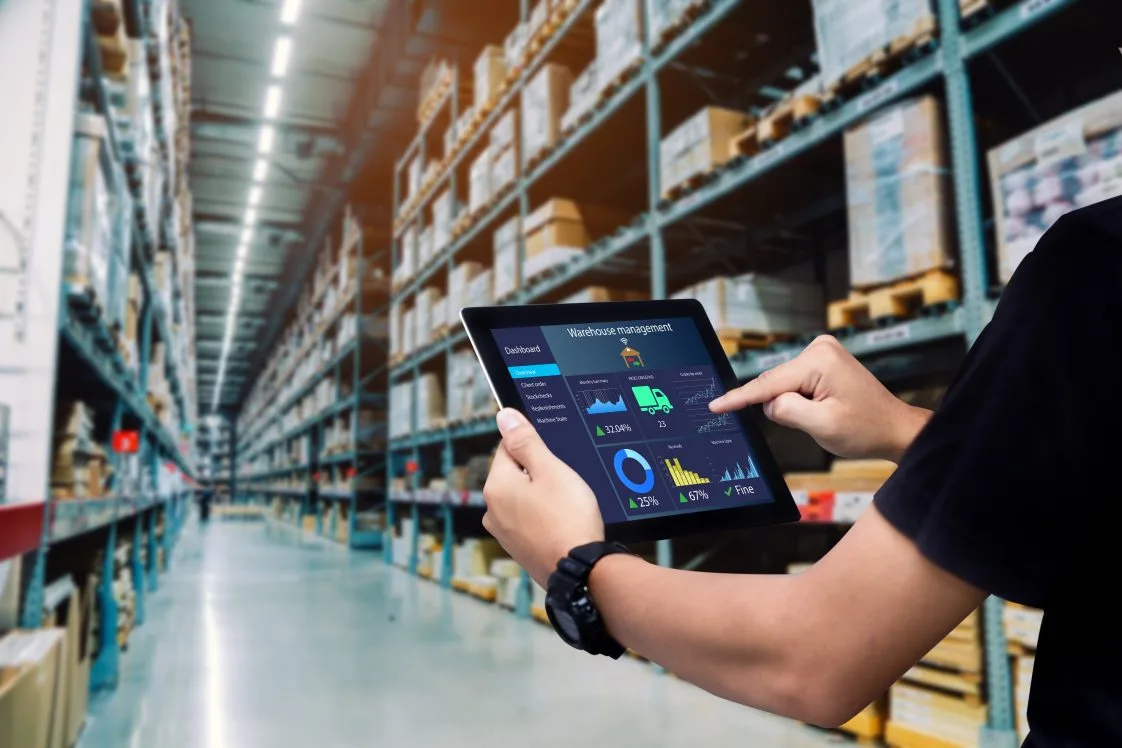5 Tips for 2022 Peak Season Planning to Neutralize Inflation

The U.S. inflation rate this year has been at its highest since 1981, which is making business challenging for retailers as they see slower sales and slimmer margins. Heading into the 2022 holidays, retailers face multiple factors as they ramp up peak season planning: labor shortages, rising interest rates, supply chain disruptions, higher energy prices, and pandemic-inspired customer expectations for faster, more convenient order fulfillment and delivery.
American and global consumers are under inflationary pressure as well, with higher food prices and gas prices taking a considerable toll on their discretionary spending. Meanwhile, increased mortgage rates and fluctuating stock markets continue to fuel the U.S. Federal Reserve’s and economists’ concerns over the economic future.
In light of these challenges, retailers have a choice. React to the current environment or respond to it with proactive, forward-thinking strategies. Those that focus on getting all the aspects of their omnichannel experience right are more likely to position themselves to be as strong as possible during peak 2022 and into the foreseeable future. So, what do retailers need to do to sustain success in this current environment?
Here are five tips to become and stay resilient:
1. Think long-term. What you do now sets the foundation for the future. The U.S. economy may be experiencing record high inflation, price increases, and a tough labor market, but customers still expect retailers and eCommerce brands to deliver an exceptional customer experience. Technology and automation continue to pave new paths for how customer experience is delivered, and retailers that invest in technology and automation today will not only be addressing short-term challenges as part of peak season planning, but also setting the stage for the long-term play. Invest now where you will see the greatest ROI on multiple fronts—not just a band-aid fix, but for healthy, scalable growth as the market shifts and recovers.
2. Get an eagle-eye on your inventory. Global supply chain disruptions have created chaos for inventory ordering, tracking, and delivery times. Retailers that can source products from multiple suppliers and offer a variety of fulfillment options can reduce the negative impact on customers. To do so, retailers need an order management solution (OMS) that provides real-time visibility into inventory across the enterprise and ecosystem. It should integrate with key systems, including third-party providers, for a single-lens point of view.
3. Choose a fulfillment partner that excels at order orchestration. Many retailers are making store fulfillment a key aspect of their strategy which, in turn, makes order orchestration more complex than ever. While store fulfillment options like buy online, pickup in-store (BOPIS); buy online, pickup curbside (BOPAC); and buy online, return in-store (BORIS) are popular with consumers, orchestrating the entire process across an extensive network of stores and warehouses is a challenge if you don’t have the right technology solutions in place.
Likewise, logistics real estate is scarce. As they plan for peak season, retailers need a fulfillment partner that has the real estate capacity to keep inventory close to customers and local stores, and that has AI and automation-driven solutions to ensure order orchestration happens seamlessly.
4. Renegotiate with your shipping partners. Higher prices for first and final mile delivery among the big shipping carriers is driven in part by higher gas prices, as well as the way the pandemic increased consumer demand for fast delivery. Bottlenecks in shipping negatively impact customer experience. Shoppers expect and choose brands that offer free shipping and fast delivery. Renegotiating contract rates and terms with carriers is crucial to ensure you can mitigate rate hikes and offer customers the most economical shipping options during peak season.
The most experienced eCommerce fulfillment providers will already have close relationships in place with carriers and will offer end-to-end managed services that eliminate the headache of contract negotiations, invoicing, minimum volume commitments, and other concerns.
5. Scale your fraud prevention. As retailers finalize their planning for peak season, they also need to remember that the holidays are peak season for fraudsters, too. With fraud rates increasing year-over-year, eCommerce retailers need to ensure their fraud prevention strategies can scale to meet high volumes of transactions. Equally important to protecting your business and customers from fraudsters is to be sure trusted customers’ legitimate transactions are approved. Choose a fraud prevention partner that has a zero fraud liability guarantee and that integrates seamlessly into your payments system.
Retailers that boldly take the opportunity to position themselves to be resilient today and ready for tomorrow will see the rewards during the 2022 holiday shopping season and in the years to come.
Don’t let higher inflation crush your company’s revenue goals and customer experience ambitions. Learn how to master peak season planning this year and how Radial can help you achieve these five strategies.
Learn how to master peak season planning.
